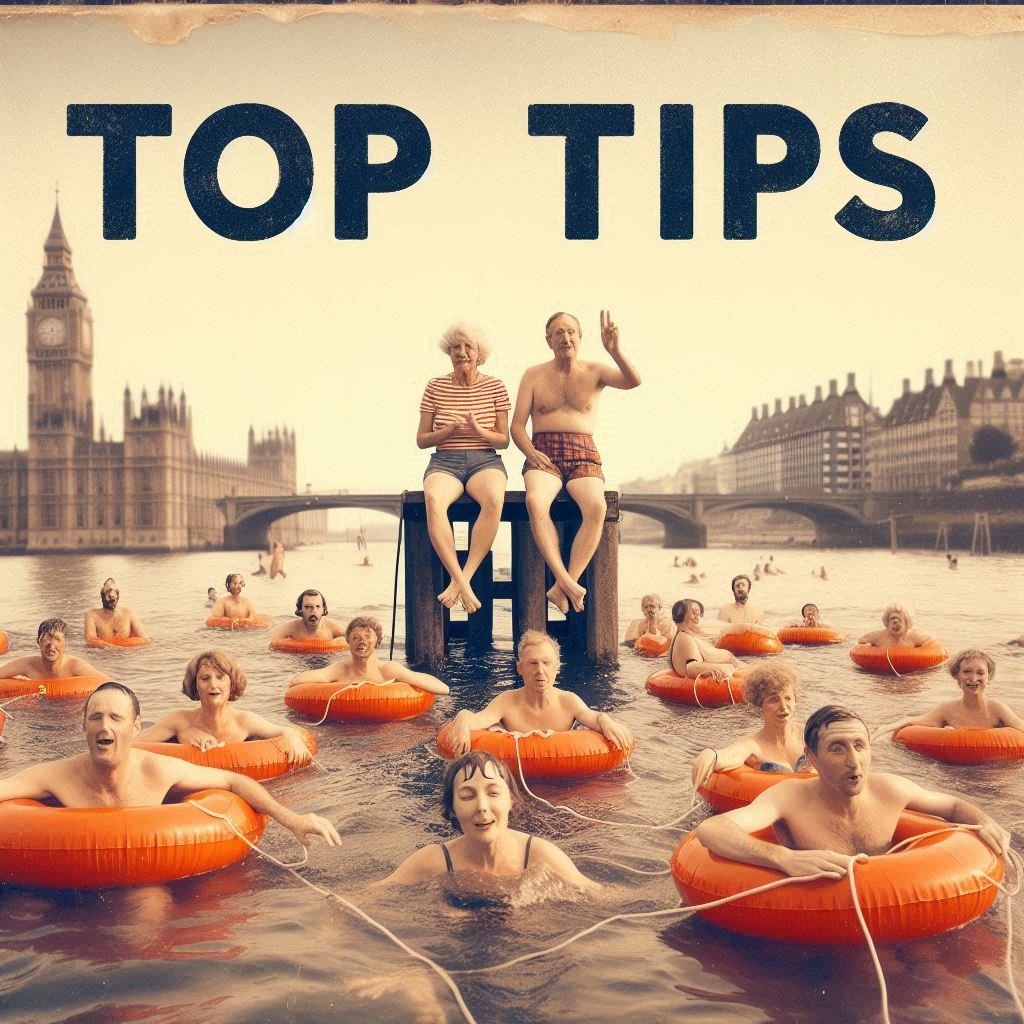Top 5 Safety Tips for Open Water Swimming
Are you new to Open Water Swimming, or returning after a long winter away?
Then check out our Top 5 tips for returning to the water!
1. Never Swim Alone
This is rule number one for a reason. Always swim with a buddy or, ideally, under the supervision of a lifeguard. Even experienced swimmers can get into trouble with sudden cramps, currents, or fatigue. A partner can help in emergencies—or go get help if needed.
We would always encourage letting your loved ones know the location and time you’re getting in and the expected time you’re getting out - letting them know when you’ve finished your swim.
2. Check the Conditions Before You Go
Mother Nature doesn’t always play nice. Before heading out, check the weather, water temperature, tides, and currents. For ocean swims, be extra cautious of rip currents and wave size. If you're in a lake or river, know the local hazards—like boat traffic, underwater obstacles, or sudden drop-offs.
If swimming in rivers, check local resources eg. Canals And Rivers Trust for flow reports!
If you’re swimming in a new location, make sure you discover the safe entry and exit points of the venue. Discover the depth of the water Find out which way the current flows
3. Wear the Right Gear
You don’t need to be decked out in high-tech swimwear, but a few key pieces of gear can make a big difference:
-
Bright swim cap: Helps you stay visible to others, especially boats or rescue personnel.
-
Wetsuit: Adds warmth, buoyancy, and protection from scrapes, jellyfish, or sunburn.
-
Swim buoy / Tow Float: Enhances visibility and can serve as a flotation device if you need a break.
There are a plethora of pieces of kit available to the open water swimmer, however we believe that these three simple pieces of kit can have the biggest impact
4. Know Your Limits
Open water swimming is more physically demanding than pool swimming. There's no wall to push off, visibility is limited, and currents can sap your energy quickly. Be honest about your fitness level and build up gradually.
If you feel tired, cold, or disoriented—don’t try to “tough it out.” Stop, float, and signal for help if needed.
5. Be Prepared!
Being prepared for getting out of the water is crucial, ensure your kit is organized, ready for you getting out of the water, to get dry and put lots of thin layers on. This will aid the re-warming method!
WARM Drinks are far better than hot drinks - a hot drink will heat your body up far too quickly and can actually cause you to go into shock. A warm drink increases the core temperature slowly and at a rate your body can cope with.
